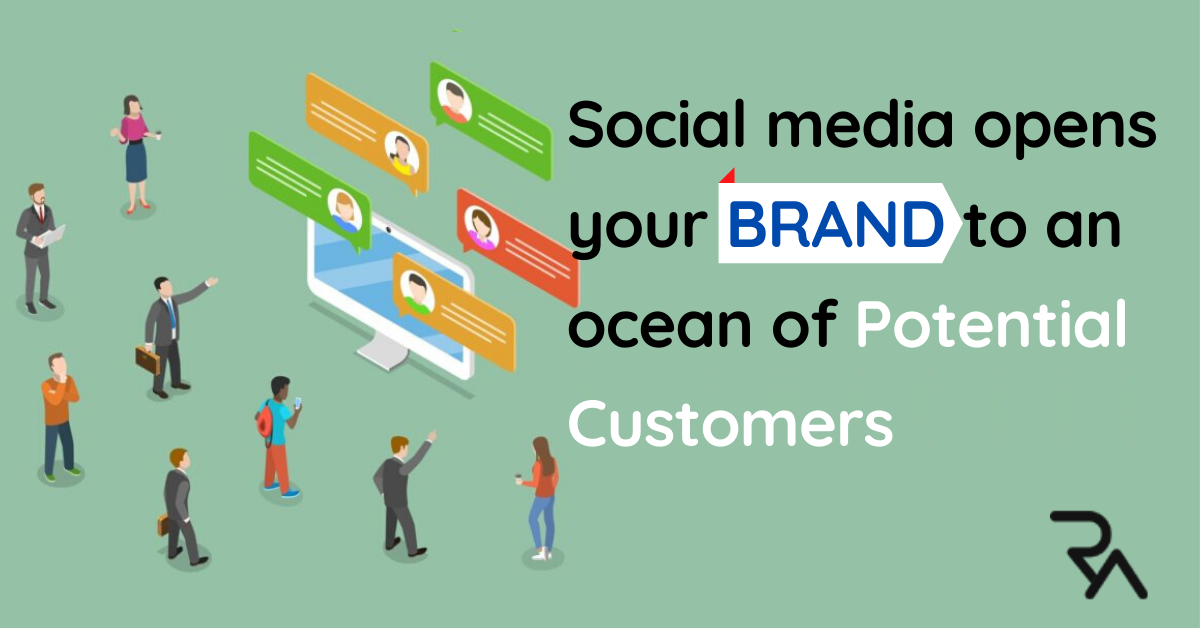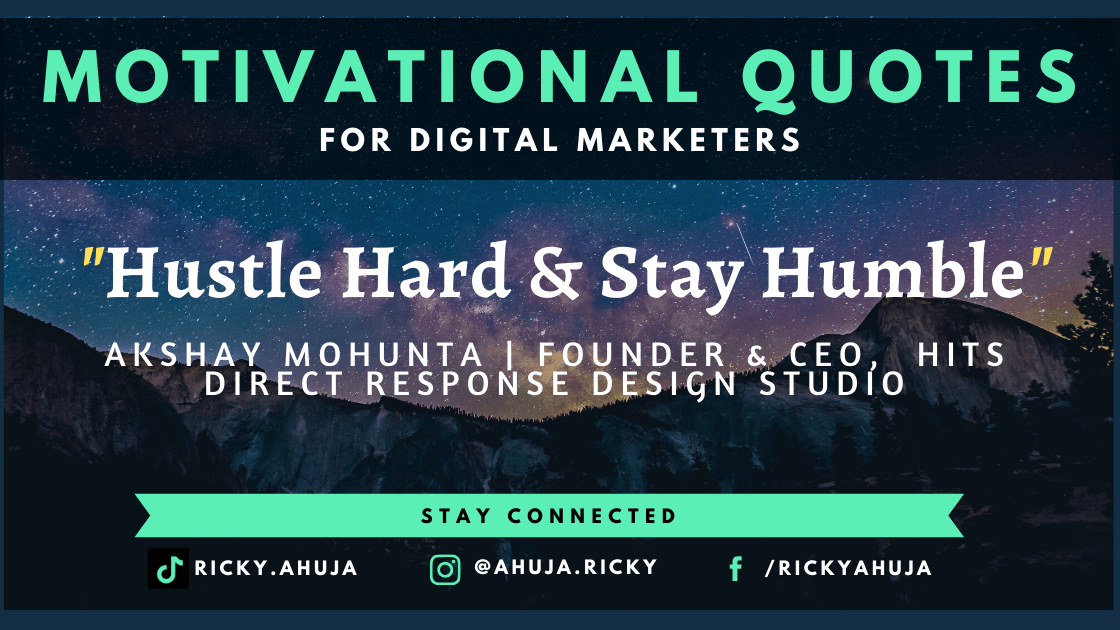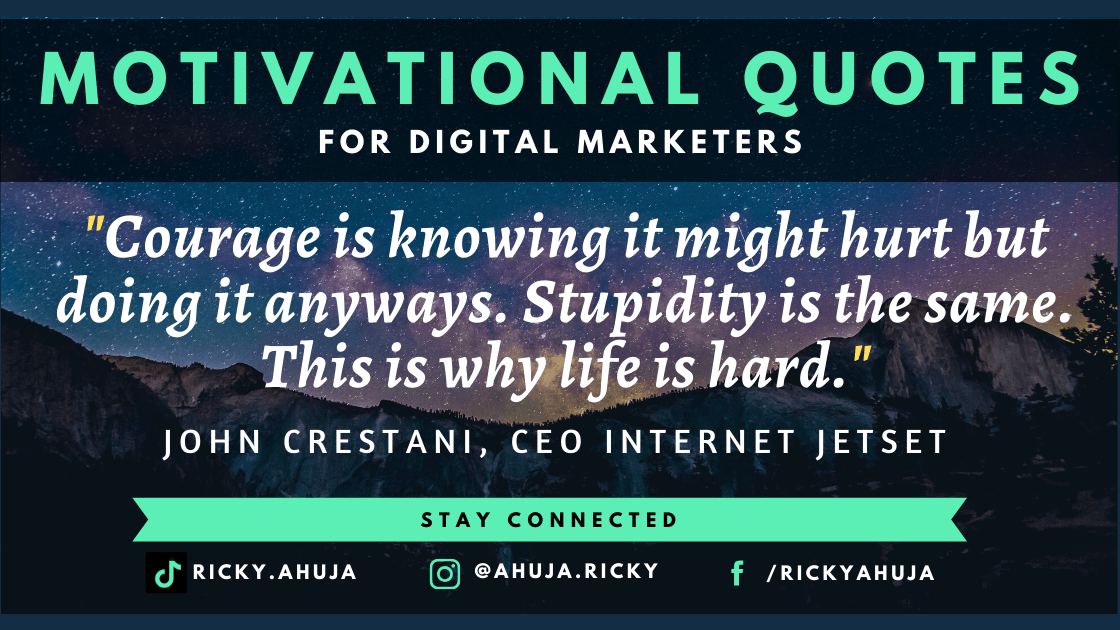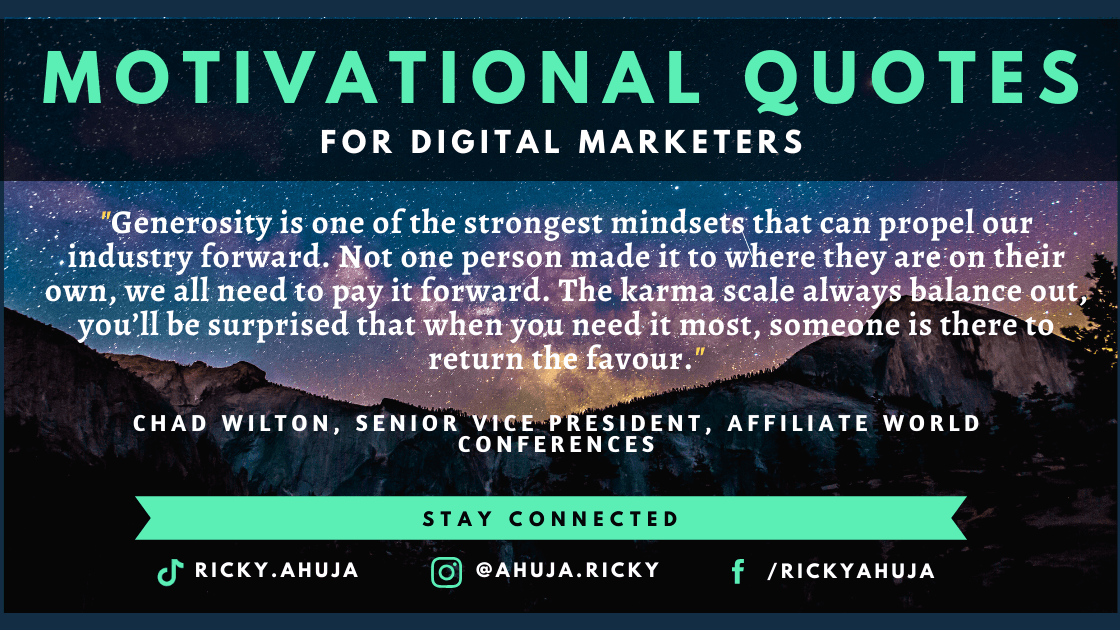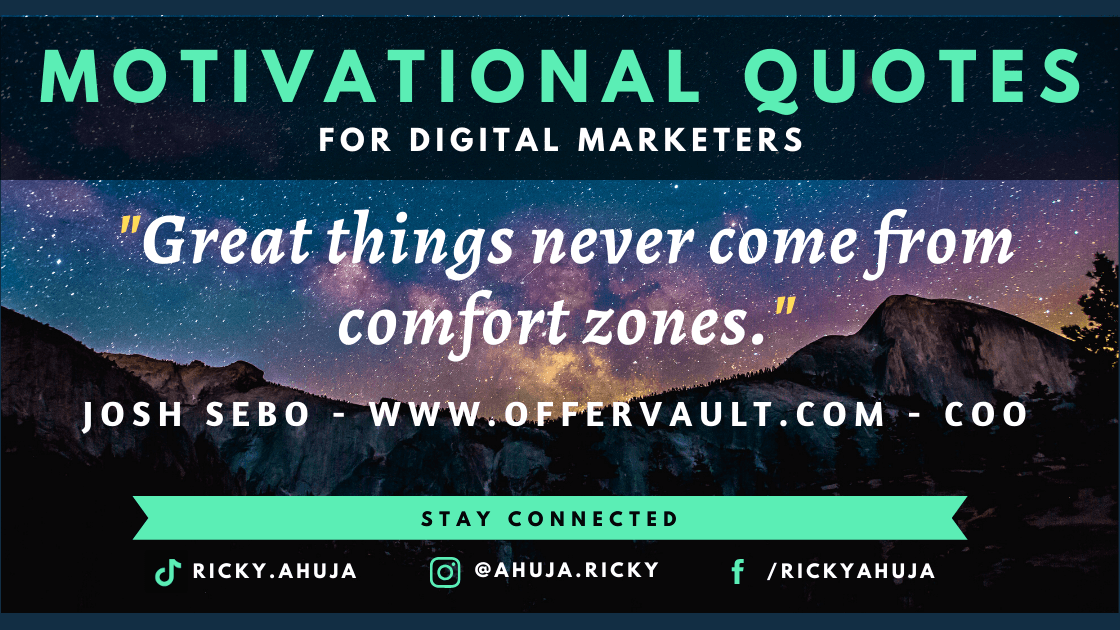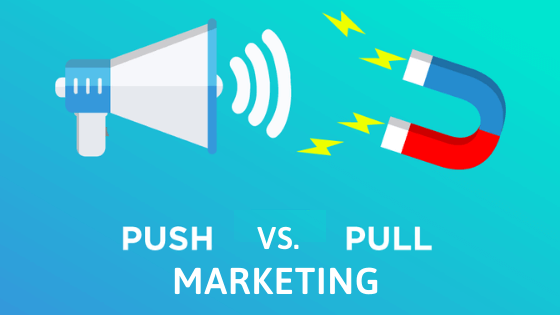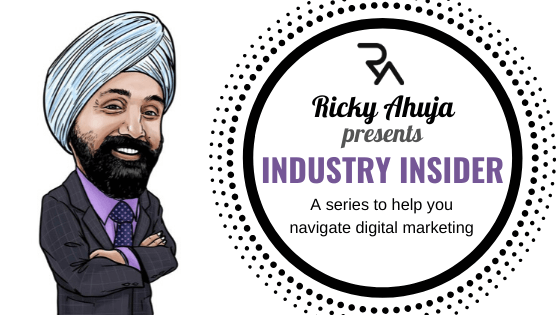Brand awareness is a core factor in any brand’s social media strategy. Every brand wants to be a household name. However, this could work against a brand if the conversations going on about it on social media are negative. This is where social media listening comes in.
Social media listening involves monitoring various social media platforms for; mentions of your brand or products, discussions containing specific keywords that are relevant to your brand and even mentions of your competitors and other closely related brands. The next and most important step in social media listening is analyzing the data you’ve collected, drawing reasonable conclusions from the data and acting on them to improve your social media strategy.
How Will Social Media Listening Benefit Your Brand?
Consumer Engagement
Social media opens your brand to an ocean of potential customers. A lot of times, this can make it tempting to want to do all the talking – you want to present your brand to the world and show everyone what you have to offer. It is, however, important to remember that it is called social media for a reason, there are people at the other end and these people will engage your content. Social media listening helps you to not only respond to consumers but to respond appropriately so you can add value to your brand and increase customer loyalty.
Making Adjustments
If your brand is on any social media platform, this should mean you already have a social media strategy. Social media listening is key to improving your strategy. It will help you to figure out what works and what doesn’t work so you can streamline your efforts in the right direction and avoid wasting your time and resources. Social media listening can even result in you changing your target audience entirely.
Opportunities for Growth
Easy access to customer feedback is an invaluable advantage of social media.
Customers are bound to provide their opinions and you can find ways to improve your brand and customer service just by listening to these opinions. For instance, if you offer several products, customer feedback can point you in several directions such as the addition of a new product, an improvement on a particular product or even specialization whereby you focus on producing just one of the products and improving on it as much as possible.
Also, if there’s a lot of positive conversation going on about your brand, you can look for the reason behind this and build on it. If the conversation or general sentiment about your brand is negative, you can find the root of the problem and try to make amends. Doing this can nip potential disasters in the bud and ensure things don’t get out of hand.
Social media is a constantly changing playing field and social media listening is very important in making sure your brand remains relevant.



